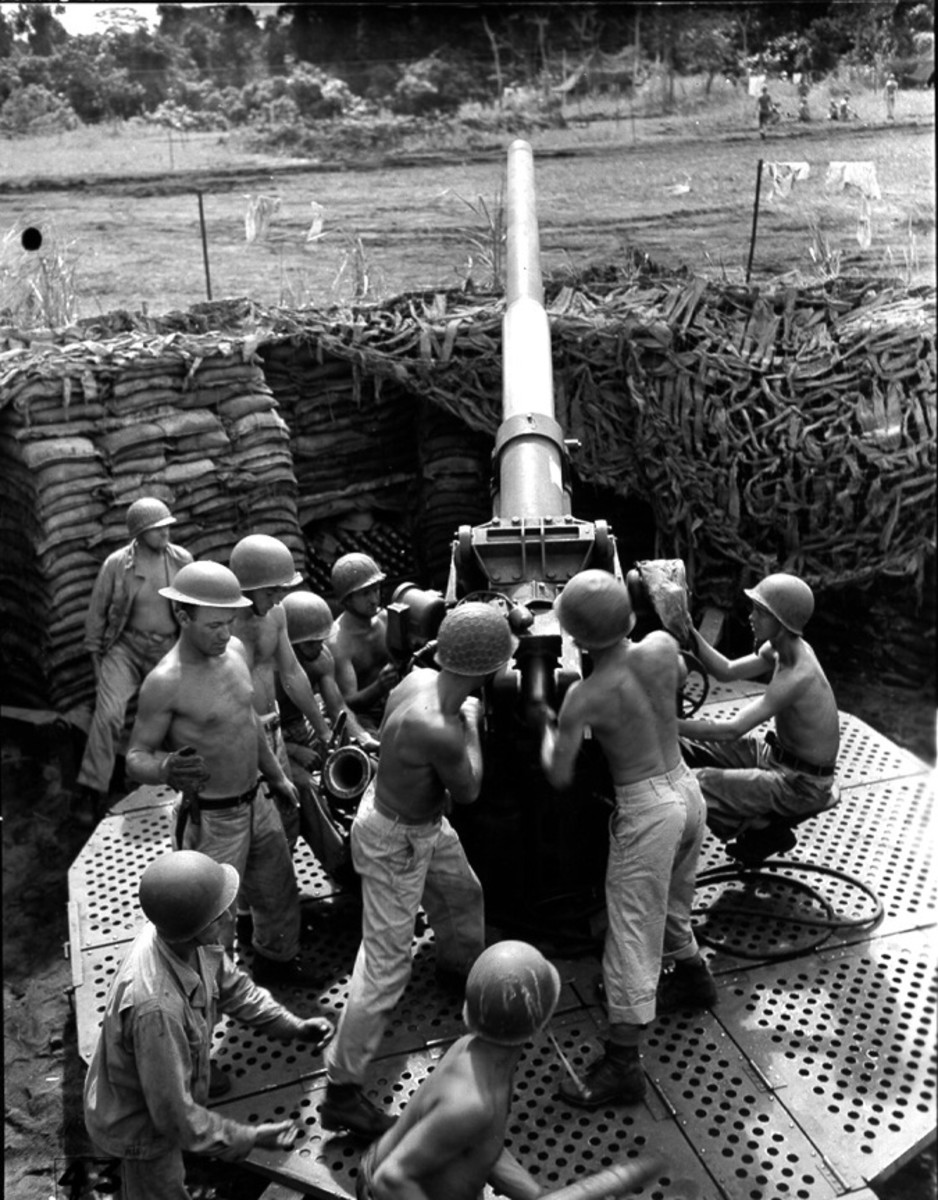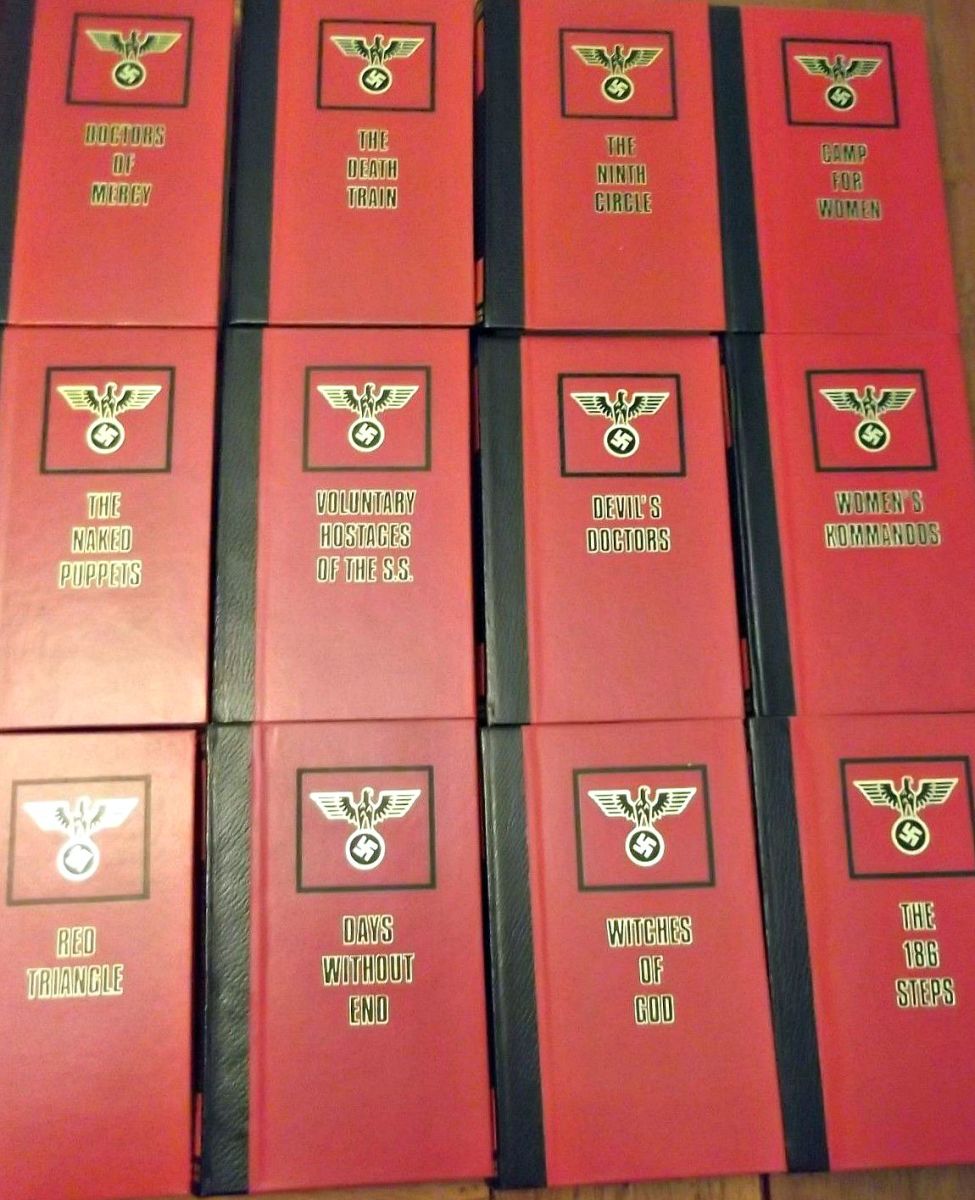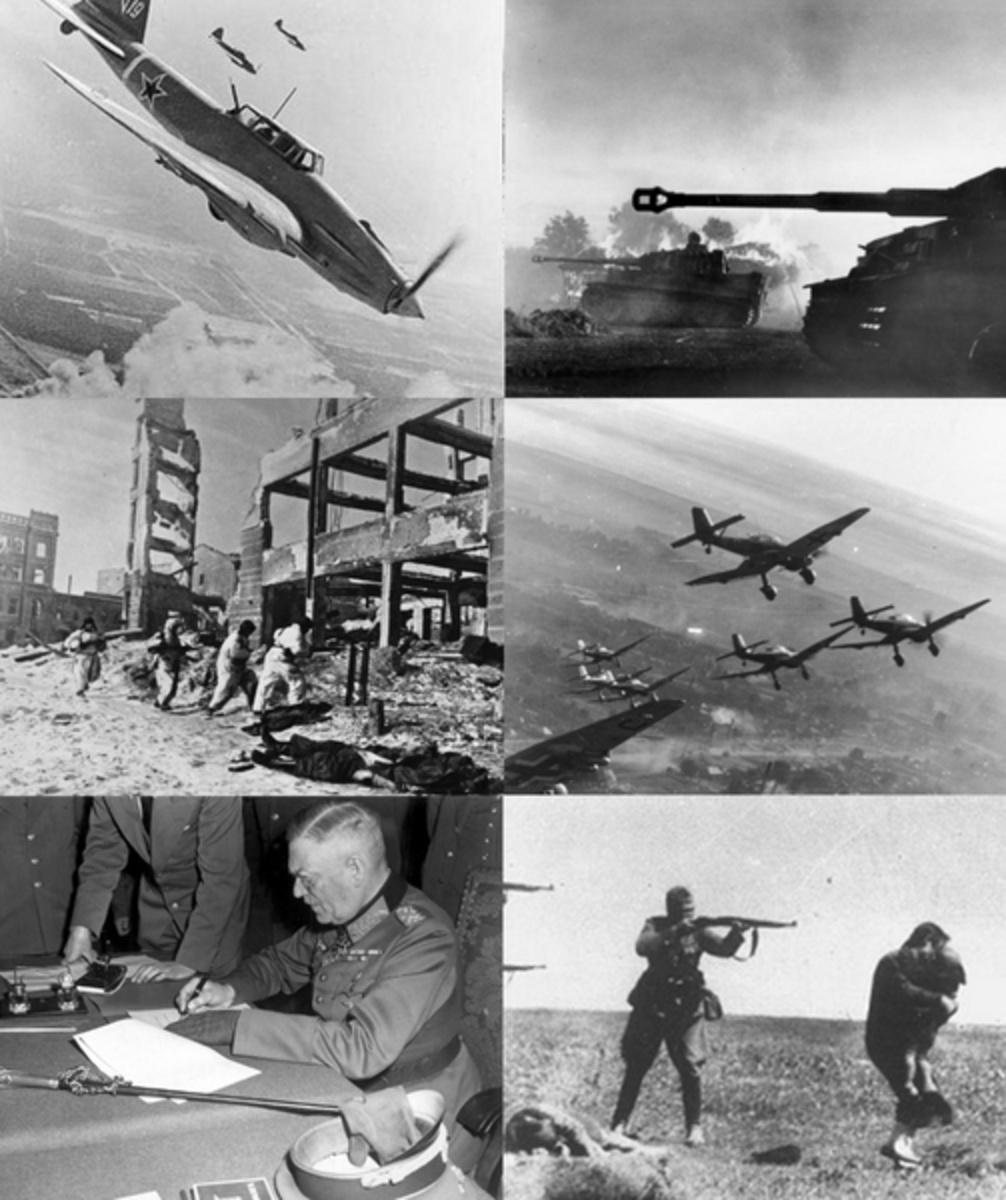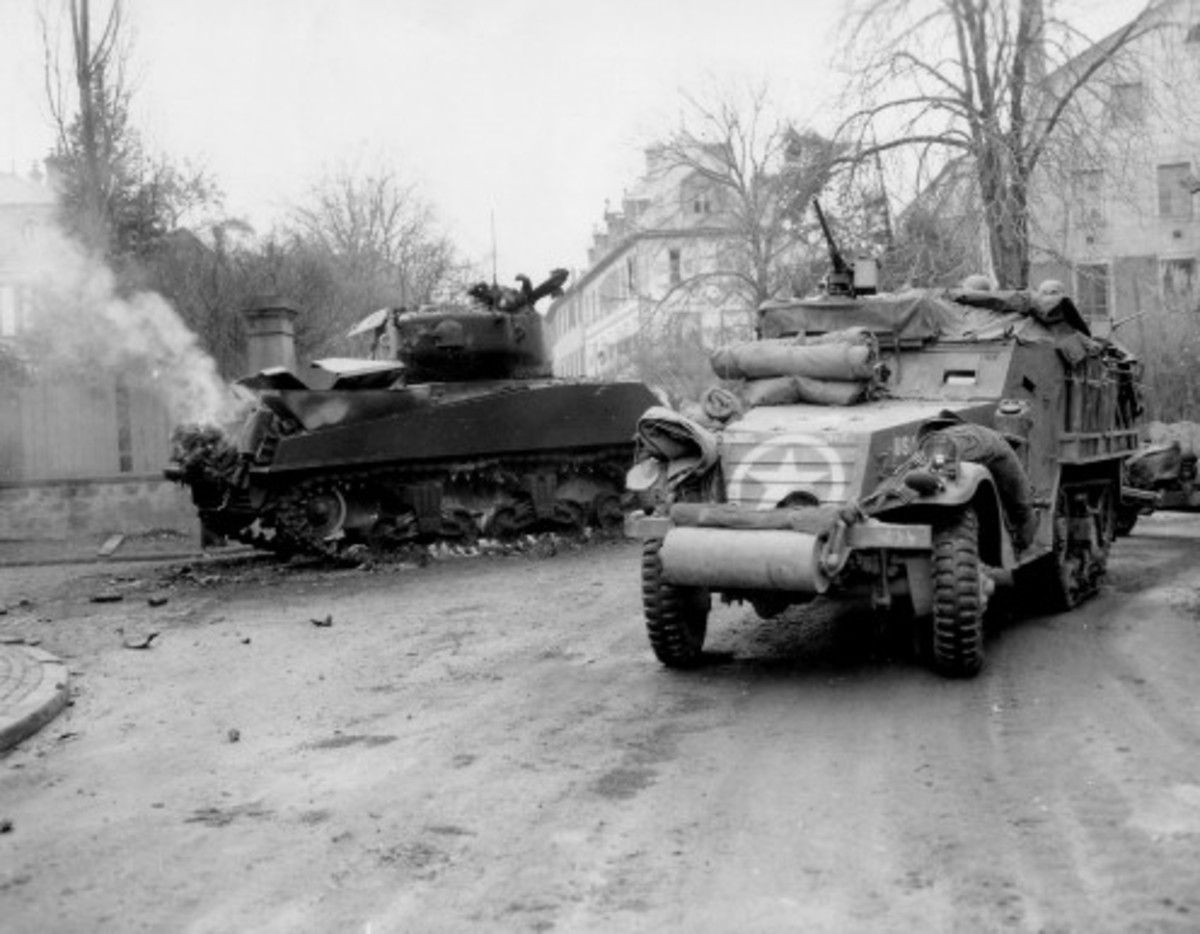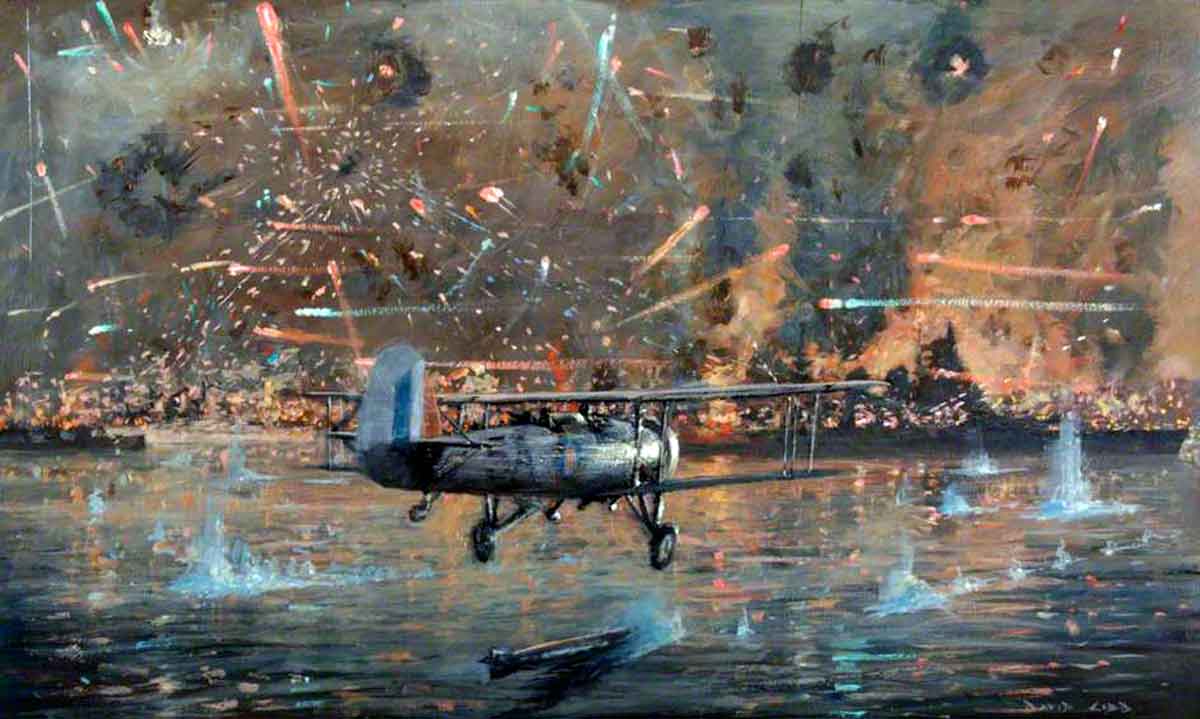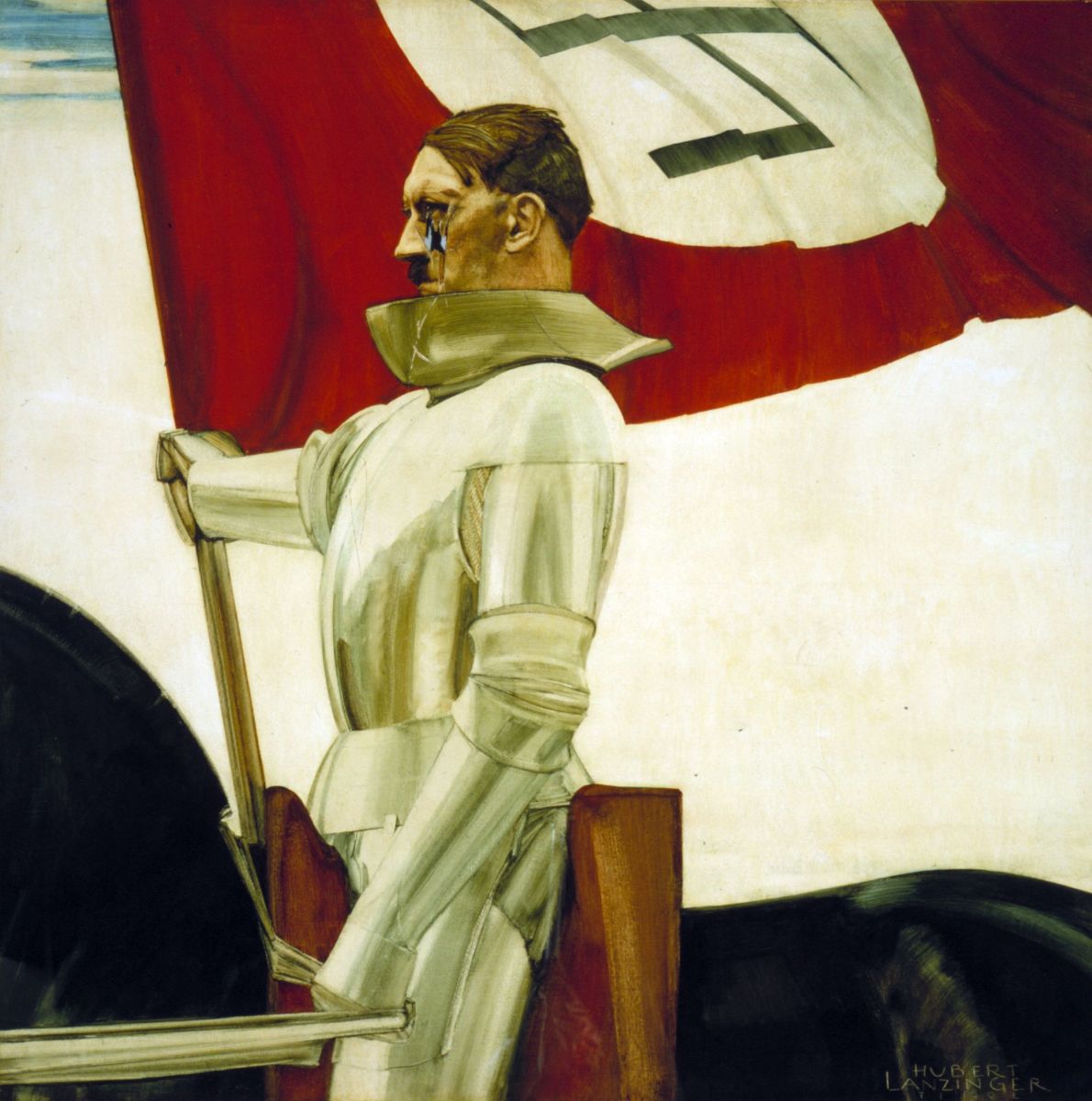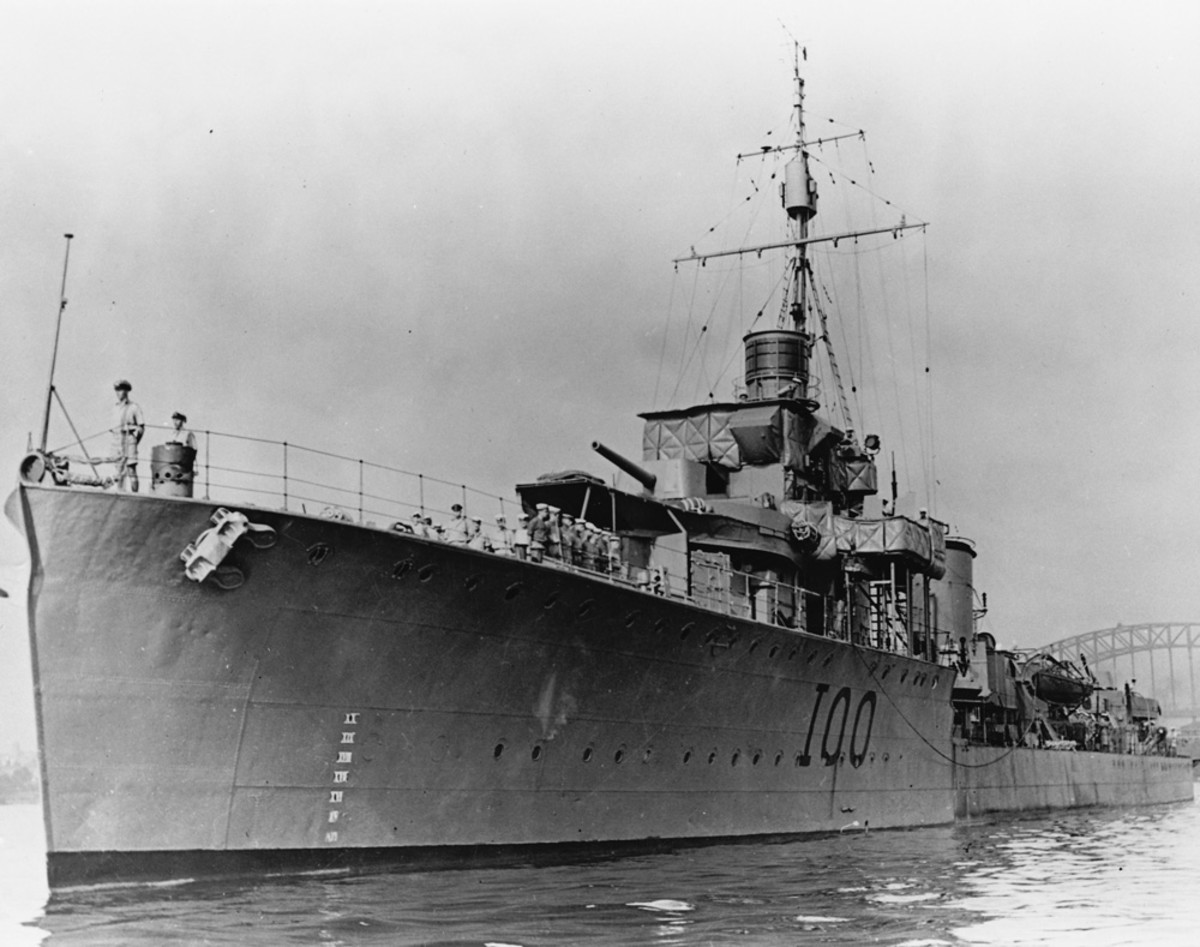- HubPages»
- Education and Science»
- History & Archaeology»
- History of the Modern Era»
- Twentieth Century History
Controlling Disease and Saving Lives in Nazi Concentration Camps
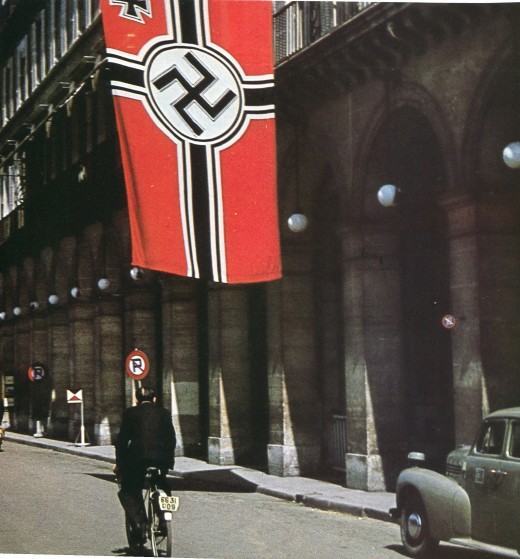
How do American soldiers Prioritize?
Body disposal and sanitation would seem less crucial priorities than providing camp survivors with food and medical assistance; however, these concerns had to be addressed concurrently. The removal of dead bodies, human waste, and infectious materials was an essential step in preventing the spread of communicable and often fatal diseases. Moreover, to provide even minimal food, an adequate safe water supply first had to be restored. A sanitary report from Mauthausen reveals the priorities of American personnel supervising the camp.
"First contact was on May 5. An American command was placed over the camp on the 6th. On the 7th a surgeon arrived and on the 8th, sanitary and public health teams from the Army and Corps began surveys and recommendations....Burials were begun immediately and continued daily. The removal of thousands of tons of trash and filth was organized under medical and line enlisted men of the division."[1] Conditions at Dachau and other camps were little different. "Only a few hours after the camp was liberated doctors and nurses moved into the camp...and the work of burying the dead began."[2]
[1]Sanitary Report Mauthausen, May 1945, to Surgeon General's Office, HQ 11th Armored Division, RG 407; HQ 11th Armored Division, Office of Surgeon General, Sanitary Report, CampMauthausen, 8-25 May 1945, RG 407.
[2]42nd "Rainbow" Infantry Division, 1946; Reese, 2, Emory.
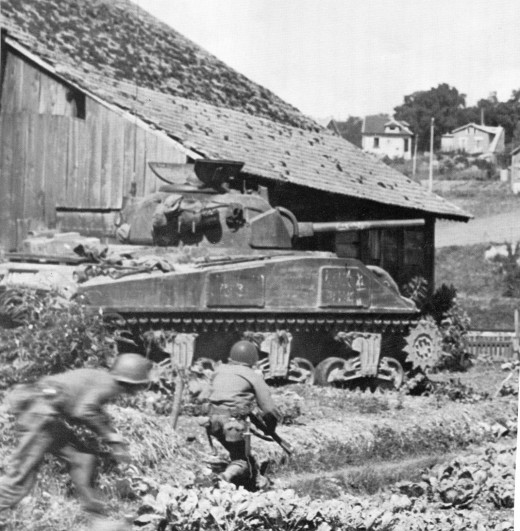
Caring for the Living, Burying the Dead
Despite the pressing needs of the still living, burial of the dead inmates could not be postponed. In some camps it was impossible to walk without stepping around or over corpses.[1] At other locations a few survivors were found in the huge piles of corpses scattered around the concentration camp compounds. GIs worked frantically to locate these individuals, transporting them to infirmaries and temporary hospitals.
At Mauthausen Sergeant David Malachowsky and other soldiers were searching for those still alive. He described the assistance he and his men received. "Other groups came up, medical battalions and units; infantry men dropped their rifles, dropped their guns and began sorting these people out."[2] Approximately 500 survivors were removed from Camp Nordhausen and transported to the 51st Field Hospital. Military Government experts estimated that after this sorting 3,000 bodies remained to be buried.[3]
After survivors had been isolated and transferred to locations where they would receive medical assistance, the second order of business for many military units was the disposal of mountains of corpses. Mass burials, usually in unmarked graves, and general clean up of the camp grounds proceeded simultaneously.[4] At Bergen-Belsen SS were employed to collect bodies and perform menial labor. Paul Trepman recalled, "a few dozen SS men, all high-ranking officers--who are still here in Bergen-Belsen have to work like mules. They're cleaning up the camp, gathering up the unburied corpses of the inmates and piling them in one place."
[1]Ichelson, I Was There, 162; Simon Wiesenthal, in Gerd Korman, ed., The Hunter and the Hunted: Human History of the Holocaust, (New York: Viking Press, 1973), 288; Military Government Report, DET H6B3, Nordhausen, 12-15 April 1945, RG 331.
[2]Malakowsky, Liberators, 32; Mantler, 6, Emory.
[3]Military Government Report, DET H6B3, Nordhausen, 12-15 April 1945, RG 331.
[4]Inspection at Mauthausen, Nuremberg Trials Library, 24 May 1945, RG 238; Ichelson, I Was There, 162; McKeithern, 17, Q-Ast.
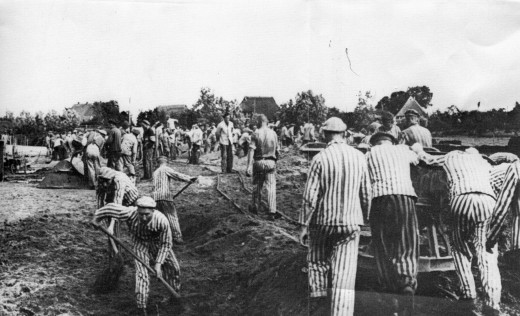
Death After the Days of Liberation
An official with Military Government made reference to Greek mythology when describing the duties of captured SS. "The SS staff of approximately 35 men and some women have been arrested and, under strict guard, are in the process of cleaning out this Augean Stable."[1] In liberated camps where no SS were captured, Military Government CO's obtained SS prisoners from nearby prison camps and under guard put them to work on body disposal.[2]
Tragically, many camp inmates who survived to the day of liberation died subsequently. Grover Carr described numerous truckloads of victims who died after liberation being taken to burial sites outside of the Dachau compound. SS were involved in these mass burials as well. "Behind the crematorium, SS men were digging graves for our 3,000 comrades who had died of starvation and exhaustion after the arrival of the Americans."[3]
The initial graves were usually no more than open pits into which bodies were bulldozed or haphazardly thrown. In some locations tanks equipped with blades were used to dig lengthy trenches. Most of the bodies buried in these pits and trenches had no identification.[4] As additional medical teams arrived to care for the survivors, more personnel were released to give careful attention to the burial of the remaining dead.
For example, at Mauthausen an initial 700 bodies were buried in mass without identification in the Sportzplatz, previously a recreation area for the SS. Later burials were individual, and the dead received the dignity of a Christian Cross or a Jewish Star of David inscribed with the victim's name and nationality.[5]
[1]Paul T. Trepman, Among Man and Beasts, (New York: A.S. Barnes and Company, 1978), 223; 411th Infantry Regiment, 103rd Division, Unit History, 1 May 1945, RG 407; CA/MG Weekly Field Report, No. 47, 21st Army Group, 10 May 1945, B15, Series I, RG 332.
[2]Berry, 71st Came, 1. The following excerpt gives some indication of the scope of the task faced by allied personnel. "Although the task of cleaning the camp had gone on busily for over a week...our immediate and continuing impression was of intense squalor; the odor of dissolution and disease still pervaded the entire place." "Buchenwald Parliamentary, RG 319.
[3]Carr, Grover C., Manuscript, "Individuality Lost World War II," World War II Collection, MHI; Wiesenthal, in Korman, Hunter and Hunted, 288.
[4]Prophetis, Gratz; Dowdle, 77, DMC.
[5]Seibel, USHMM. An additional 1,300 camp inmates died during Colonel Seibel's assignment to Mauthausen.
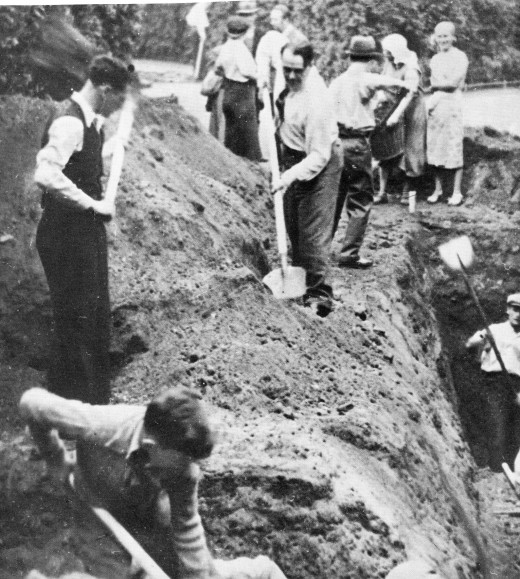
Civilians Participate in Burial Duty
As the burial process continued extensive use was made of German civilian labor. At Nordhausen civilians were required to assist military personnel with the overwhelming task of burying over 2,000 bodies. Approximately 150 civilians were engaged in general cleanup duties while another group of 250 removed bodies from buildings and transported them to the designated burial site. The commanding officer gave the local burgermeister one hour to devise a decent burial plan for the victims of Nordhausen.
This plan was implemented with local labor and the Catholic Chaplain assigned to the 104th Division said mass for those buried at Nordhausen. The commanding officer's report concluded, "At 1400 hours today, 15 April 1945, 2017 bodies have been interred. The cemetery was then cleaned up and white markers placed at the ends of the graves...It is recommended that the Military Government Detachment assigned to Nordhausen continue the supervision of this cemetery and see that grass is sowed and every effort made to beautify the spot."[1]
The efforts at Nordhausen were repeated throughout Germany at numerous camps where German civilians, under the supervision of American GIs, were required to serve as work crews both for cleanup and burial details. In many locations local townspeople, including women and older children, were compelled to attend funeral services as well.[2]
[1]Military Government Report, DET H6B3, Nordhausen, 12-15 April 1945, RG 331.
[2]Doyle, ILC; Gavin, 289.
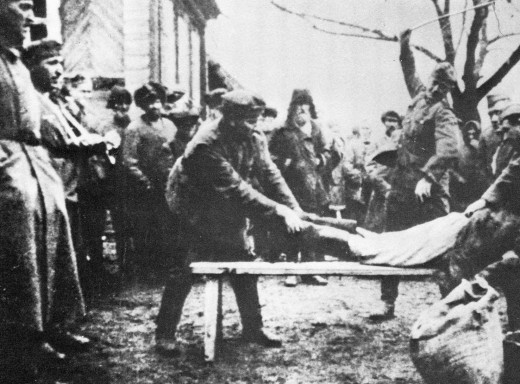
Housing and a Safe Water Supply
The barracks and the buildings where camp inmates had been warehoused were usually burned to the ground. They were so filthy and disease ridden that to sanitize and restore the buildings was deemed impossible, not worth the labor required.[1] American officers also realized that camp survivors would find it morally and physically repugnant to return to the original buildings for medical care, no matter how thoroughly they had been cleansed or deloused.
A safe water supply and facilities for human waste were crucial concerns for the American Military Government personnel. In numerous camps, Gusen, Mauthausen, Buchenwald among others, no water supply or sewage system was operational at the time of liberation.[2] Initially American soldiers had to truck water in from army water depots for the use of the inmates and their own men.
Water kegs with faucets were placed in makeshift kitchens under armed guard to supply drinking water.[3] Engineer battalions worked feverishly to restore power lines and open up water mains. A report from Mauthausen indicated that "progress was rapid once electric power had been restored and the water reservoirs continued full. It was then possible to shower all the ambulatory patients in camp and clean the habitable places."
[1]Seibel, Buch, USHMM; Draper, 84th Infantry, 244; Dowdle, 77, DMC.
[2]HQ 120th EvacuationHospital, 26 October 1945, RG 407; HQ 11th Armored Division, Office of Surgeon, Sanitary Report--CampMauthausen. 8-25 May 1945, RG 407; 131st EvacuationHospital, Report--Gusen, 14 May 1945, RG 407.
[3]HQ 11th Armored Division, Office of Surgeon General, Sanitary Report -Camp Mauthausen, 8-25 May 1945, RG 407.
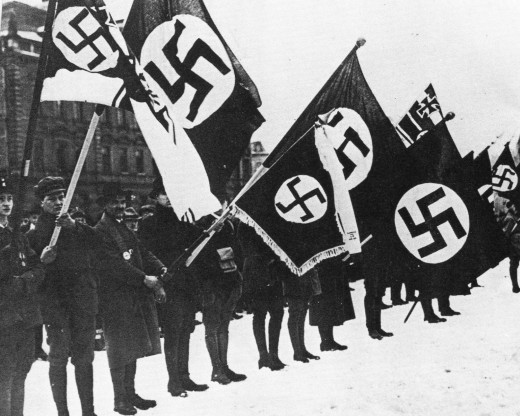
An Enormous and Overwhelming Task
By May 13, seventy-two shower heads were available at Mauthausen.[1] With an adequate water supply established, the next priority was the construction of an adequate number of wooden box latrines. In most camps the sewage disposal system was non-operational and would require extensive repair, cleanup, and expansion in order to serve the needs of the liberated inmates.[2]
In camp locations where sufficient skilled American troops were made available, work progressed on several fronts simultaneously. Medical personnel would immediately administer basic care, engineers would work on burial, trash disposal, water supply and sewage problems, while other detachments were busy constructing tent hospitals, field kitchens, and transporting, sometimes confiscating, the tons of supplies that were needed at virtually every camp discovered.
It was an enormous and overwhelming undertaking for American GIs, well beyond the efforts imposed upon soldiers at the conclusion of most wars and conflicts.
[1]Sanitary Report, Mauthausen, May 1945, to Surgeon General's Office, HQ 11th Armored Division, RG 407; 131st EvacuationHospital Report, Mauthausen Concentration Camp, 13 May 1945, RG 407.
[2]1st Unit, 30th Field Hospital, 25 June 1945, RG 407; 131st Evacuation Hospital Report, Mauthausen, 14 May 1945, RG 407.
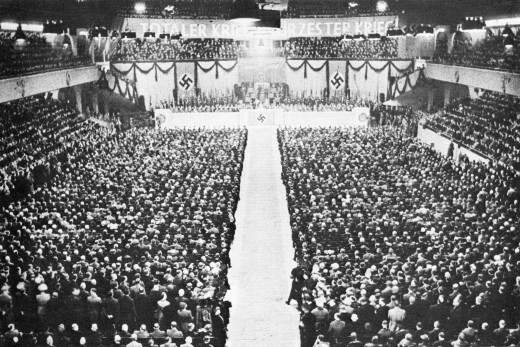
- World War II -- Oppression, the Holocaust, the Natu...
Pondering what the German people knew at the time about the Nazi goals and activities can lead to a number of questions which are relevant for us today. - Holocaust Denial: An Important Conversation about W...
Academic historians and the general reading public have been quite surprised to see a resurgence of Neo-Nazi groups, Hitler sympathizers, and Holocaust Deniers in the West in the past twenty years. There are at least two types of Holocaust Deniers, a - Civilians Murdered During the Holocaust - Europe Dur...
We are all familiar with the number Six Million, representing the best estimate of the number of Jews murdered by the Nazis during the Holocaust. We are less familiar, some of us unaware of the total number of people exterminated by the Nazis, 22,000 - Secondary Sources on American Veterans, the Holocaus...
Primary Historical resources are extremely useful, but they can be difficult to access. So most of us need to rely on Secondary Sources. The following is a detailed list of scholarly books which is relevant to American Soldiers during World War II, t
The American Liberation of Concentration Camps
- What Did Most Germans Know About the Nazi Concentrat...
Americans often assume that most German civilians knew next to nothing about Hitlers Final Solution and were unaware that the SS controlled and administered the concentration camp system. While the death camps were located in conquered Poland, hundre - Another Look at the Interaction of American GI's and...
Most World War II GI's were horrified and morally outraged by their experience in the concentration camps, however, moral outrage did not always lead to retaliation and abuse of German soldiers. Some GIs stressed the importance of the Geneva Conventi - German Knowledge and Claims About Nazi Concentratio...
American Armored and Infantry Division soldiers were among the first western individuals to enter the Nazi concentration camps. They found horrors beyond anything they might have expected: disease, starvation, evidence of atrocities and denial. - What the Average German Knew About the Concentratio...
In their oral history testimonies, letters, questionnaires, interviews, and journals American soldiers explain why they did not accept German protestations of ignorance and innocence. GIs from the 42nd, 45th, 71st, 88th, and 103rd Infantry Divisions,



